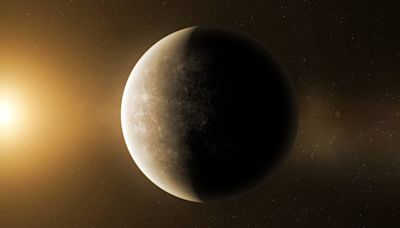Search results
The Nine Planets is an encyclopedic overview with facts and information about mythology and current scientific knowledge of the planets, moons, and other objects in our solar system and beyond.
The Solar System has eight planets by the most restrictive definition of the term: the terrestrial planets Mercury, Venus, Earth, and Mars, and the giant planets Jupiter, Saturn, Uranus, and Neptune.
Learn about the eight planets and five dwarf planets in our solar system, their features, moons, and exploration missions. Find out how they are located in the Orion Arm of the Milky Way galaxy.
How many planets are in the solar system? How did it form in the Milky Way galaxy? Learn facts about the solar system’s genesis, plus its planets, moons, and...
- 4 min
- 32.7M
- National Geographic
Six planets, seven dwarf planets, and other bodies have orbiting natural satellites, which are commonly called 'moons'. The Solar System is constantly flooded by the Sun's charged particles, the solar wind, forming the heliosphere. Around 75–90 astronomical units from the Sun, the solar wind is halted, resulting in the heliopause.
3 days ago · Learn about the Sun and the eight planets that orbit around it, as well as their satellites, asteroids, comets, and other small bodies. Explore the origin, evolution, and composition of the solar system with Britannica's articles, videos, and diagrams.
Mar 29, 2023 · The order of the planets in the solar system, starting nearest the sun and working outward is the following: Mercury, Venus, Earth, Mars, Jupiter, Saturn, Uranus, Neptune and then the...

